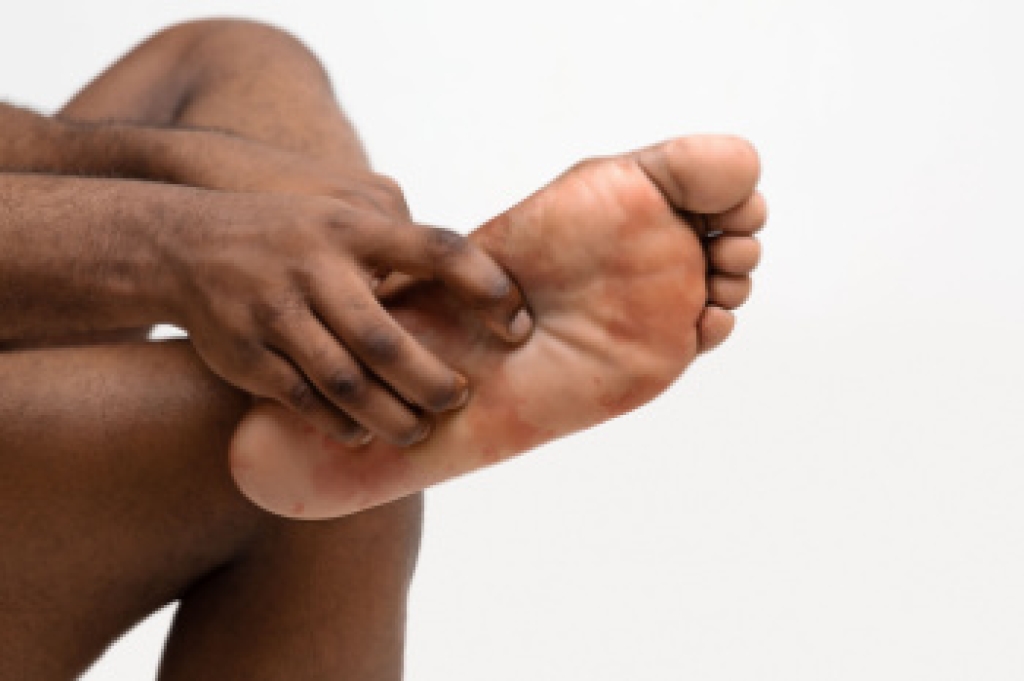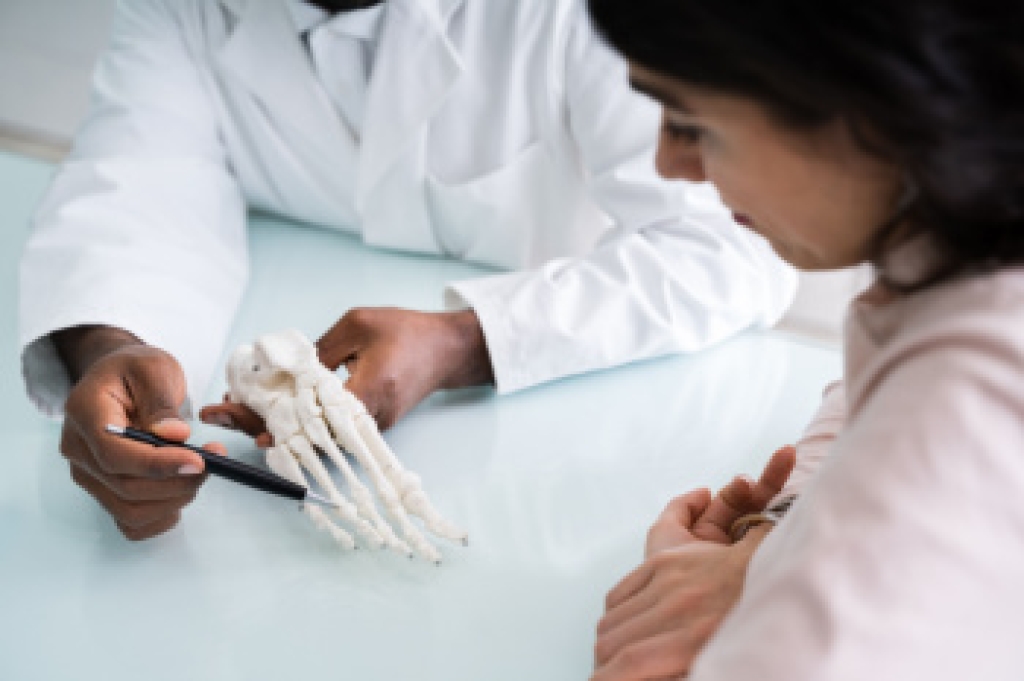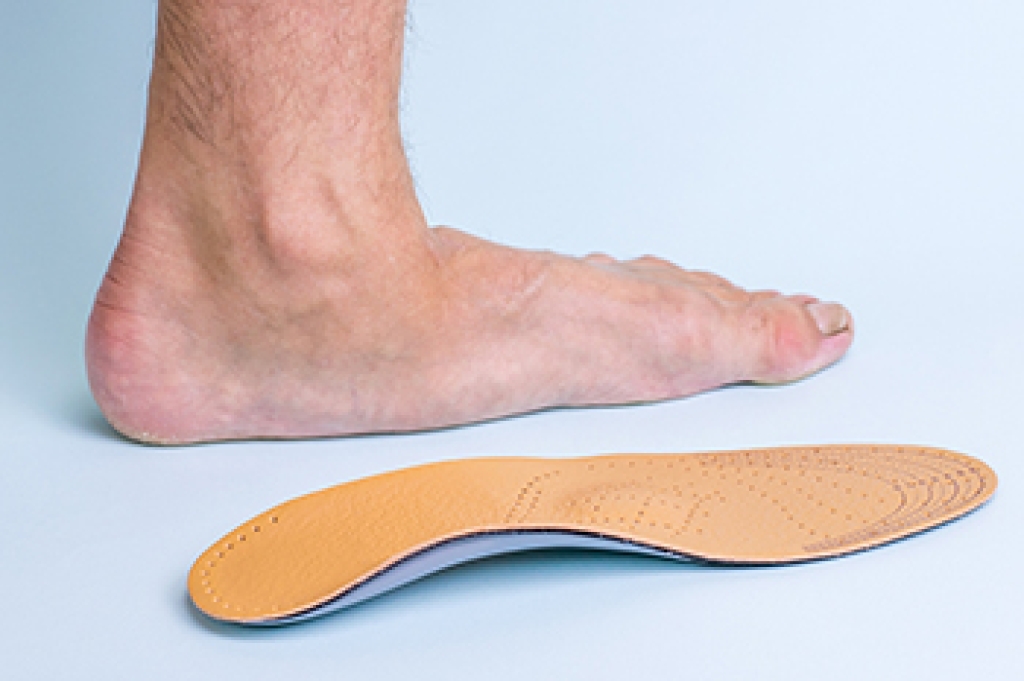
Heel pain is a frequent concern that can have several different sources. Plantar fasciitis is one of the most common, creating sharp discomfort in the bottom of the heel, especially with the first steps in the morning. Heel spurs may also be involved, as bony growths that develop along the heel bone can irritate nearby tissue. Pain at the back of the heel may signal Achilles tendonitis, often caused by tight calf muscles or repetitive strain. Less frequent, but possible, causes include stress fractures, nerve irritation, or bursitis. Footwear that lacks support, extra body weight, and high impact activity can increase the likelihood of these issues. Since treatment depends on the exact cause, professional evaluation is important. If heel pain is interfering with your daily life, it is suggested that you schedule a visit with a podiatrist for a proper diagnosis and appropriate care.
Many people suffer from bouts of heel pain. For more information, contact one of our podiatrists of Ocotillo Foot and Ankle Centers. Our doctors can provide the care you need to keep you pain-free and on your feet.
Causes of Heel Pain
Heel pain is often associated with plantar fasciitis. The plantar fascia is a band of tissues that extends along the bottom of the foot. A rip or tear in this ligament can cause inflammation of the tissue.
Achilles tendonitis is another cause of heel pain. Inflammation of the Achilles tendon will cause pain from fractures and muscle tearing. Lack of flexibility is also another symptom.
Heel spurs are another cause of pain. When the tissues of the plantar fascia undergo a great deal of stress, it can lead to ligament separation from the heel bone, causing heel spurs.
Why Might Heel Pain Occur?
- Wearing ill-fitting shoes
- Wearing non-supportive shoes
- Weight change
- Excessive running
Treatments
Heel pain should be treated as soon as possible for immediate results. Keeping your feet in a stress-free environment will help. If you suffer from Achilles tendonitis or plantar fasciitis, applying ice will reduce the swelling. Stretching before an exercise like running will help the muscles. Using all these tips will help make heel pain a condition of the past.
If you have any questions, please feel free to contact our offices located in Chandler, and Phoenix, AZ . We offer the newest diagnostic and treatment technologies for all your foot care needs.







